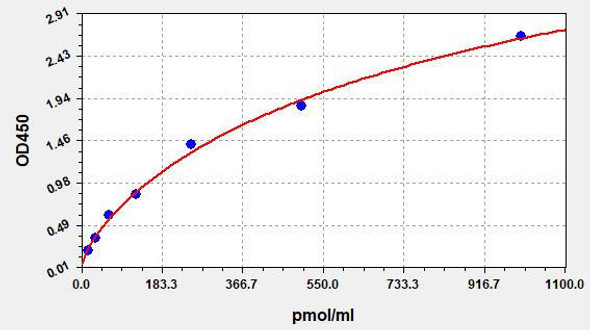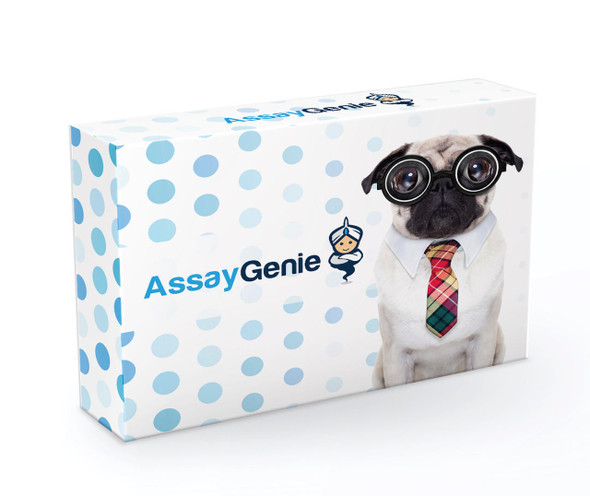Chromium Release Assay - Information
Assay Genies Chromium Release Assay provides a simple one-step colorimetric means to directly measure chromium (Cr(VI)) in a sample. In the assay, chromium (Cr(VI)) forms a stable complex with a specific chromogenic dye. The optical density at 480nm is directly proportionate to the chromium concentration in the sample. Cr(III) can be converted to Cr(VI) with nitric acid/hydrochloric acid, thus allowing the determination of Cr(III) or total Cr [Cr(III) + Cr(VI)] in the sample. The assay is sensitive with a detection limit of 20 ug/L Cr.
Applications
For quantitative determination of chromium Cr(VI).
Chromium Release Assay - Key Features
- Sensitive and accurate. Linear detection range of 20 - 2000 ug/L Chromium.
- Convenient and high-throughput. Homogeneous & "mix-incubate-measure" type assay. No wash and reagent transfer steps are involved. Can be readily automated for processing thousands of samples per day.
Chromium Release Assay -Data Sheet | |
| Kit Includes | Reagent A: 300 mL Reagent B: 20 mL Cr(VI) Standard: 300 mL 40 mg/L |
| Kit Requires | Pipetting devices, centrifuge tubes, clear flat bottom 96-well plates, plate reader, cuvette, spectrophotometer, concentrated HNO3, concentrated HCl, ammonia and chemical fume hood. |
| Method of Detection | OD480nm |
| Detection Limit | 20 ug/L (0.38 , 0.02 ppb) |
| Samples | Biological (serum, plasma etc), environmental (water, soil etc), food and beverage samples |
| Species | All |
| Protocol Length | 20 min |
| Size | 250 tests |
| Storage | |
| Shelf Life | 6 months |
More Details
CHROMIUMis widely used in various industries such as electroplating, leather tanning, chrome paint, dying, hardened steel, ceramic and glass industry. Chromium exists in two stable oxidation states, hexavalent Cr(VI) and trivalent Cr(III). Cr(VI) is produced solely by industrial processes, whereas in nature, chromium exists in its trivalent form. Cr(III) is generally regarded as nontoxic due to poor absorption. Cr(VI) is considered a pulmonary carcinogen and has tested positive in genotoxicity tests. It is one of the most serious pollutants in many water streams due to its carcinogenic potential. Most countries apply a legal limit of 50-100 /L Cr in drinking water.








